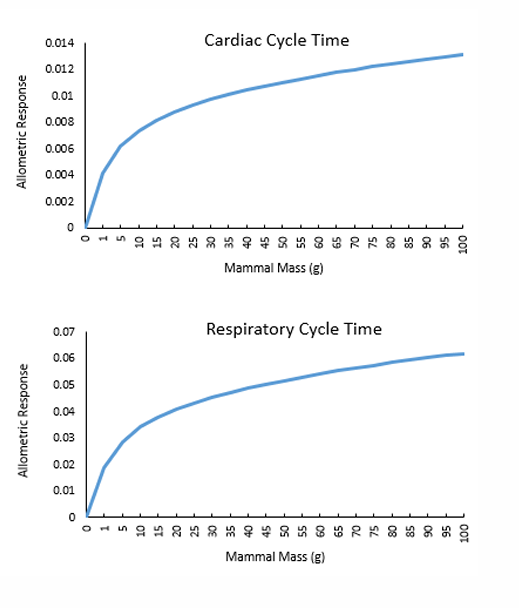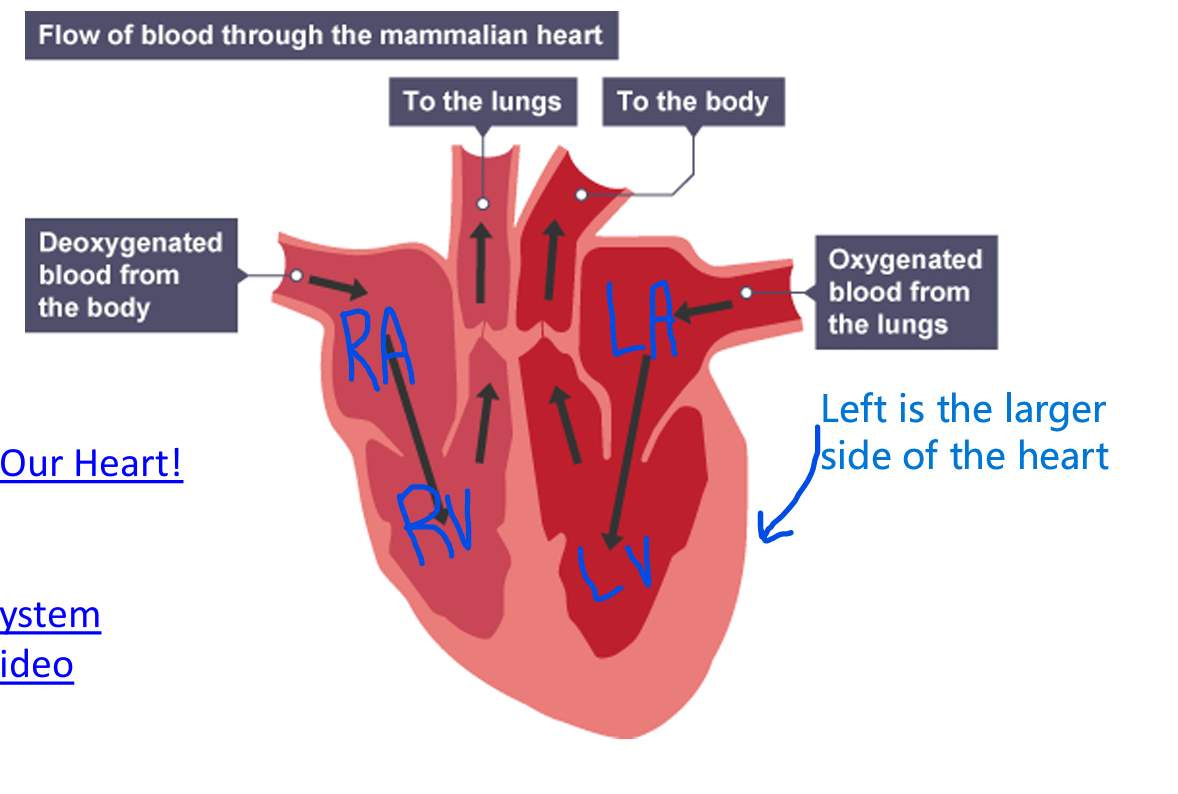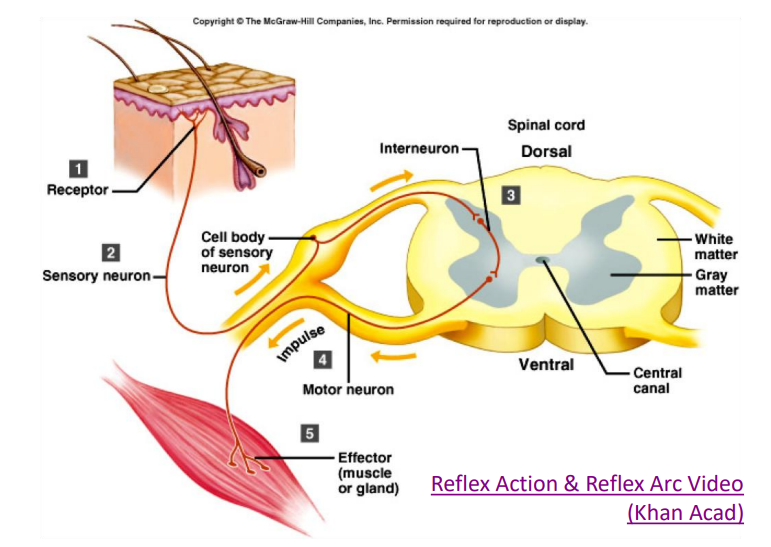Mammalogy BIO 553 Exam 2B Study Guide
1/196
Earn XP
Description and Tags
Basic Terminology (Lecture Material)
Name | Mastery | Learn | Test | Matching | Spaced |
|---|
No study sessions yet.
197 Terms
Order Carnivora is arranged into two suborders, what are these based off of?
The structure of their auditory bullae and their circulatory system.
What are the two suborders of the Order Carnivora?
Suborder Feliformia (cat-like)
Suborder Caniformia (dog-like)
In cats and some other groups their pelts maybe have spots or stripes while predators such as canids dont typically have this and their pelts are more plain. Why is that?
Cats have markings because concealment is critical to them since they hunt via stealth and stalking their prey while in Canids concealment is less critical as they hunt via tracking and following scent trails of their prey.
What kind of stomach do Carnivores have?
Simple stomachs with an underdeveloped cecum, they dont consume alot of plant material (meat is easy to digest)
What family contains the cats?
Family Felidae
Describe some identifiable characteristics of the Family Felidae.
Wide weight range
Excellent senses
Reduction in molariform teeth, have well defined and razor like carnassials
Have a digitigrade foot posture with recurved and retractable claws
What is the benefit to having retractable claws?
Prevents them from being dulled due to walking or running.
What is the hunting style of Felidae?
Stealthy stalking and a quick burst of speed, ambush style
Describe the lifestyle of the Felidaes.
Most nocturnal (tapetum lucidum present)
Most are Agile climbers
Most are solitary, but lions are social and live in prides
What family is Hyenas?
Family Hyaenidae
Where are hyaenidae typically located and are they social?
Middle East, India, and Africa (most abundant carnivore there!)
Yes, spotted hyenas can live in groups of 80 members
What are the two lineages of the hyaenidae? What are the extant members of each?
-The bone crushing (Spotted Hyena, are carrion, consume decaying or living flesh)
-The dog-like (Aardwolf, are myremecophagous, consume ants and termites, VERY ODD)
What family are mongoose and meerkats apart of?
Family Herpestidae
Where are the family Herpestidae typically found and are they social?
Middle East, Africa, Asia
For more than half of the family yes, very social, have complex social structures that are communicated via intricate sounds and calls as well as scent marking
What family are Civets and Genets apart of?
Family Viverridae
Where is the family Viverridae typically found?
Tropical and subtropical habitats in Europe, Africa, Middle East, & Asia
How do Viverridae communicate via scent?
Most Civets have perianal glands which produces a fluid called civet. This civet fluid is used in intraspecific communication.
This fluid was once used in perfume.
What family are dogs in?
Family Canidae
Broadly Adapted!
Do Canidae eat plant material?
Typically consume prey throughout the year but seasonally will consume plant material, SOME SPECIES.
Describe the hunting habits of Canidae.
Have long limbs compared to head and body size to allow for them to pursue prey in their habitats which range from hot, dry deserts to tropical rainforest to arctic ice.
Four species (Wolf, African Wild Dog, Asian Dhole, & Bush Dog) form packs and engage in cooperative hunting
What family are weasels, badgers, otters, and wolverines in?
Family Mustelidae
Where are the Mustelidae typically found?
Northern Hemisphere
What is an indefinable feature that the mustelids have that they use for communication and defense?
Enlarged anal scent glands that produce a powerful-smelling secretion (called ‘musk’) for communication and defense.
What is are some reproductive strategies that mustelids use that are influenced by the habitat they live in, have great seasonal variation.
monoestrus (has a single period, breeding season, of coming into estrus)
display induced ovulation (ovulation must be induced most of the time via copulation, baculum assists with this)
delayed implantation CONSULT FOR OVER HALF OF THE MAMMALS THAT EXHIBIT THIS (the fertilized egg will not implant onto the uterine wall if the environment is not optimal)
The Mustelidae family contains two species adapted to an aquatic life-style:
-River Otters
-Sea Otters
What family are the skunks in?
Family Mephitidae
Where are skunks predominantly located?
New World in a variety of habitats.
How do the carnassial of the skunk compare to those of other Caniforma, due to their food habits, omnivores?
The carnassial teeth are less powerful shearing structures.
What do Mephitidae do to defend themselves?
Have an noxious scent, a must that is an oily,
yellow sulphur-alcohol compound known as ‘butylmercaptan’
which contains sulphuric acid. They spray this to defend themselves.
What family are raccoons in?
Family Procyonidae
Where are raccoons found?
Restricted to new world.
Describe the appearance of raccoons and what kind of lifestyle they live.
Typically have long, bushy tails with
alternating light and dark rings, obvious
facial markings, semi-retractile claws,
are adept at climbing trees, and exhibit
an omnivorous diet
What about Procyonidae make them unique compared to the typical carnivore lifestyle?
exhibits a real departure form
a carnivorous way of life, e.g., the
shearing teeth can no longer shear; they
have been modified into chewing teeth
resembling molars
What family are the bears in?
Family Ursidae
Bears historically had a wide range and occurred throughout North America, Andes Mt. in South America, Eurasia, and Atlas Mts of North Africa what caused this to change?
many populations have been exterminated or greatly reduced over much of their historic range due to human activity and other influential factors.
What do the teeth of the bears look like?
Large canines, carnassial are not well developed, have two elongated molars as their back teeth, this is because most have a omnivores diet. Polar Bears are strict Carnivores while sloth bear is highly myrmecophagous (feed on ants and termites).
What family do the red pandas belong in?
Family Ailuridae
Where are the Family Ailuridae typically found?
Himalayan Mt. areas of northern India, Nepal, Bhutan, Myanmar, and south-central China
What kind of habitat do red pandas live in and what kind of food do they eat?
inhabits high-elevation forests and bamboo thickets. Feeds mainly on bamboo and other vegetation.
Are the Pinnipedia (group) under the Caniformia?
Yes!
Describe the evolutionary history of the Pinnipedia in general?
Monophyletic, likely evolving from a bear-like ancestor from the Artic!
What families are included in the group Pinnipedia
Family Odobenidae (The Walrus)
Family Otariidae (Eared Seals)
Family Phocidae (Earless Seals)
Where are the Family Otariidae found?
Confined to the Pacific Ocean, reaching both Arctic and Antarctic areas.
-North and south regions of JUST THE PACIFIC OCEAN
Describe the reproduction of the Otariidae.
-Limbs allow them to stay ashore for a decent period of time (for an annual breeding season to occur)
-Due to them being able to stay ashore, they can establish harems, which are when a bull (male seal) breeds with a group of cows (female seals) that he protects, also known as a Polygamous relationship!
Where are Family Phocidae found?
Are widespread in the southern and northern portions of the oceans, not as confined!
Do the Family Phocidae spend a lot of time on the shore? How does this affect their breeding habits?
No! There limb skeleton structure doesn’t allow them to be able to support themselves or move around a lot on shore. Due to this reason, the earless seals are monogamous meaning one male will mate with one female during their brief breeding season.
Where are the Family Odobenidae found? How many species are there?
Restricted to throughout Arctic, (Atlantic & Pacific)
-Southern region of the Atlantic and Pacific Ocean
-ONE EXTANT SPECIES
What kind of breeding habits do the Walrus have?
Similar to the eared seals, have harems, VERY LARGE animals.
Besides a sexual display, what are the tusk of a Walrus used for?
They primarily eat Mollusk and use there large tusk to digging and
gather mussels and their stout “peg-like” cheek teeth deal effectively with shells.
How did the Walrus evolve?
Speciation, Allopatric Speciation; Were physically isolated in different regions of the oceans and began to evolve on their own.
Allometry of Cardiac Cycle Time states that…
The larger the mammal mass is the higher the allometric response is for both Cardiac Cycle time & Respritory cycle time.

What is the purpose of the MAMMALIAN CIRCULATORY SYSTEM?
provide a “plumbing” network (blood vessels) for the materials in blood (O2, plasma, RBC, WBC, platelets) to be carried throughout the body.
What are the components of Hemoglobin?
- 5% heme, an iron containing compound giving the red color to blood and which has a great affinity for oxygen. (most important part)
- 95% globin, a color-less protein
Blood vessels are not merely tubes of different sizes, they have elastic walls and a layer of smooth muscle within these walls that enable them to ____________.
change diameter
What are the functional components of the mammalian circulatory system?
Heart , Arterial & Arterioles , Capillaries , Venules & Veins
Describe the process of how the heart pumps blood throughout the body.
1. Unoxygenated blood (HIGH CARBON DIOXIDE CONTENT) travels to the heart via the veins
2. Unoxygenated blood enters the Right Atrium (acts as a holding space until the Right Ventricle is empty)
3. Unoxygenated Blood is pumped into the Right Ventricle, where it is then pumped out ot the lungs and becomes Oxygenated Blood as the Carbon Dioxide is released into the lungs to be exhaled.
4. Oxygenated blood then moves to the Left Atrium (Another holding space)
5. Oxygenated Blood then enters the Left Ventricle, where it is pumped out into the body via the Arteries

Is a mammals circulatory system open or closed?
Closed! Blood is contained in the various parts of the circulatory system.
How does oxygenated blood flow out into the body?
The Arteries, the vessels that branch away from heart which branch and narrow into Arterioles, these control the blood flow to organs & where needed most and dump into capillaries, even smaller vessels.
How does the blood move back to the heart?
Once the oxygen has exchanged into the areas it needs to be via the capillaries the blood leaves and enters the venules and then the veins and finally back to the heart to be reoxygenated.
Do mammals of a smaller or larger size have a higher density of capillaries?
Mammals of small body size have a higher capillary density than mammals of large body size. This is consistent with the higher metabolic rate and need for oxygen in the small animal.
What is the MAMMALIAN LYMPHATIC SYSTEM?
an network of thin-walled vessels that function as an accessory drainage system for the body.
What is Lymph and how does it get out of the capillaries?
Fluid, water and other small particles, are able to exit the capillaries by leaking out this known as Lymph. It contains a lot of nutrients and needs to be put back into the blood stream via the lymph vessels.
Before the Lymph can go back into the blood stream, what must it pass through?
Lymph Nodes!
What are the functions of the Lymph Nodes?
• Effective filters that remove foreign particles, especially bacteria
• Centers for the production and storage of lymphocytes and plasma cells that produce the body’s antibodies.
There is a significant trend toward an increase in the texture (amount of wrinkling and infolding on the surface) of mammalian brains over evolutionary time. These differences in texture reflect a vast
increase in the overall surface area of the brain.
The two major characteristics of mammalian central nervous systems are…
more storage area is available for retaining stimulus information, permitting easier recall and later use;
incoming information is better integrated and assessed
What is irritability?
the ability to respond to an environmental stimulus.
What is a neuron and does it work alone?
basic nerve cell within a mammal’s body and many neurons work in groups
For many neurons they work in groups and are responsible for reflexes (involuntary actions) where the fast response does not go to the brain what are these groups called?
reflex arcs
What are the four neurons of the Reflex Arc?
(1) a receptor, a sense organ in the skin, muscle, or other organ which detects the stimuli;
(2) an afferent neuron, or sensory neuron, which carries impulses toward the central nervous system;
(3) a relay neuron at the central nervous system (Brain and Spinal Cord) where stimuli are perceived and interpreted;
(4) the efferent neuron, or motor neuron, which carry impulses from the CNS to effectors, such as muscles or glands.

What consist of the Central Nervous System and what consist of the Peripheral Nervous System?
CNS - Brain & Spinal Cord
PNS - Ganglia & Nerves, efferent and afferent neuron fibers that are bundled together in the same nerves
What are efferent neurons and what are afferent neurons?
Afferent (sensory) neurons carry signals from receptors in the periphery of the body to the CNS.
Efferent (motor) neurons carry signals from the CNS to effectors in the periphery
The efferent (motor) neurons of the peripheral nervous system belong to either of two divisions:
- SOMATIC NERVOUS SYSTEM - which supplies the skeletal muscles.
- AUTONOMIC NERVOUS SYSTEM - which supplies smooth muscles, cardiac muscle, and glands.
Subdivisions of the AUTONOMIC NERVOUS SYSTEM are the….most organs have both, actions are antagonistic!
PARASYMPATHETIC SYSTEM: is active under resting conditions (e.g., eating, digestion, urination, etc.).
SYMPATHETIC SYSTEM: is active under conditions of physical activity and stress - emergency reactions (often referred to as the fight-flight response). It can override the parasympathetic system if needed.
What is the second most diverse group of mammals?
Chiroptera
Where are Chiroptera typically found in general?
Nearly cosmopolitan (found everywhere) in distribution, begin only absent from arctic and polar regions and some isolated oceanic islands.
Where are Chiroptera most abundant and diverse?
tropical and subtropical systems
Why are bats rarely fossilized?
(Relatively) small size
Delicate structure (bones and integuement)
Nonterrestrial habits
General occurrence in tropics
Chiroptera is the only order of mammals that is truly volant, describe its wings.
Wings are formed by webs of skin (wing membrane) spanning the phalanges… The thumb, a clutching organ, is free and clawed; the other fingers are all utilized in the support of the wing membrane and usually have lost their originally clawed end joints.
How do bat wings compare to bird wings?
By having a wing expanse that is segmented long digits, bats have evolved a more flexible and less easily damaged wing versus birds
Suborder Yinpterochiroptera contains what?
Old World fruit bats (Pteropodidae) & allies
Describe Pteropodidae
Mainly depend on fruit, hence distribution is limited
Not known to hibernate
Maintain their body temperatures within relatively narrow limits, using physiological and behavioral means
Generally lack echolocation ability and depend more on vision
Suborder Yangochiroptera contains what?
The bulk of bat families
Describe Yangochiroptera
Varied diets, but most feed upon on animal matter (esp. insects, which have been in an ‘arms race’ for millenia!)
Heterothermic, some hibernate
Use echolocation as their primary means of orientation, flying in total darkness (nocturnal habit)
What is the major keys to the success of the microchiropterans?
Echolocation & flight
What is Heterothermy?
An energetic strategy where in an animal possesses multiple set points in body temperature. In contrast to homeothermy or poikilothermy
What kind of low metabolic output strategies to bats use?
Daily – torpor
Seasonally - hibernation
This energetic strategy enables bats to ‘occupy’ areas of seasonal productivity, and be active for nocturnal or crepuscular foraging periods
What is winter lethargy?
Inactivity lasting days or weeks
No significant change to bodily processes
Can arouse quickly
What is hibernation?
Prolonged state of inactivity
Significantly lowers temps, metabolism, & respiration
Arouses slowly
Describe the Family Vespertilionidae
47 genera and 395 species across globe
Nearly world-wide distribution
The ‘vesper’ bats are relatively plain-looking with small eyes and moderate-to-enormous ears Wings are broad and uropatagium is large
Mostly insectivorous
Big-eared bats (genus Corynorhinus) contains what endangered bat species and what are some charateristics of this species?
Includes Virginia big-eared bat
Forage by ‘gleaning’ (take prey off of a surface)
Hibernation
Short-distance migration (due to big wings, they cant fly super far, more reliant on hibernation)
Tree bats (genus Lasiurus and others) provide some descriptive information about them.
Forage by ‘hawking’ (taking prey from the air)
Hibernation
Long-distance migration (Have a longer and narrower wing allowing for faster and more direct flight)
How has range expansion changed for the Seminole bat (L. seminolus)?
Increase in temps have allowed them to move futher north and reach portions of kentucky.
Mouse-eared bats (genus Myotis) includes what endangered species and provide some characteristics of them.
Includes: Gray Bats, Indiana Bats, Virginia Long-Eared Bats
‘Hawking’ & ‘gleaning’ strategies
Hibernation
Short-distance migration
White-nose Syndrome is affecting this genus most severely
What is white nose syndrome?
Caused by a yeast-type fungus, first detected in upstate NY in Feb 2006
Effects during hibernation (wake up and scratch)
Accelerated loss of body mass
Dehydration
Increased mortality
How does it spread, and how is this related to species affected?
Spreads by infected bats that are migrating, probably originated from people introduction, most species it commonly affects are ones that are colonial and hibernate together.
What are Order Dermoptera? What do they eat?
Colugos, 2 species of herbivores in a single family.
What is another name for taste?
gustation
What is the purpose for taste receptors and where are they located?
found in the mouth cavity and especially on the tongue, where they provide a means for judging foods before they are swallowed!
What is a taste bud?
a cluster of several receptor cells surrounded by supporting cells; it is provided with a small external pore through which the slender tips of the sensory cells project